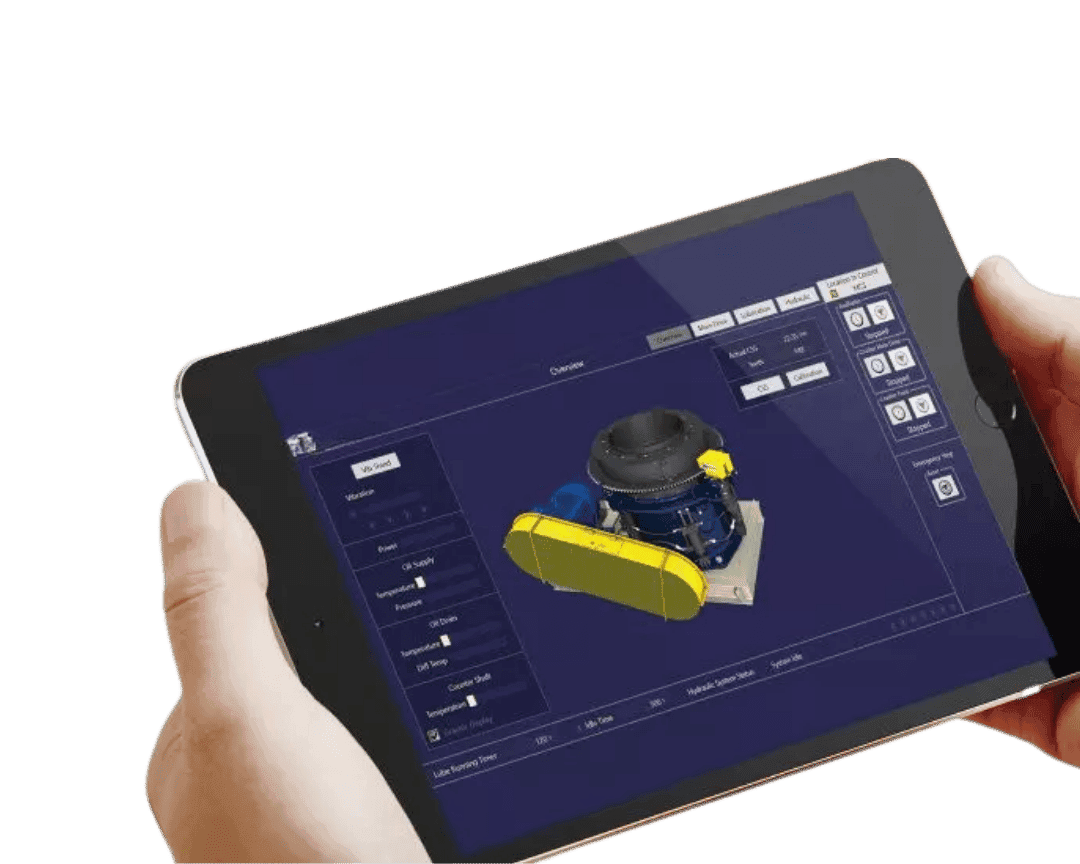How can we accomplish this? Firstly, we are examining the potential of radical pre-treatment, using novel comminution technologies – these include microwave processing, high-voltage pulse and cryogenic methods. These can reduce the grinding energy needed to reach the desired product size. These technologies are still at an early stage, and the scale-up is challenging; however, a breakthrough in this area would be a gamechanger.
Dry-grinding machines configured with air classification deliver a 100% water-free comminution circuit and zero water waste (it also removes the need for grinding media which has external benefits as every tonne of steel grinding balls generates 1.85 tonnes of CO2 during manufacture).
Moving down the flowsheet, HPGRs and OK™ Mills have proven to be the most efficient grinding tools available. They not only minimize impact on the environment but they reduce the actual impacts that normally occur in the comminution circuit by replacing the traditional SAG and ball mills and associated grinding media.
Both the HPGR and OK™ Mill, when operated in finish grind application with air classifiers, perfectly support MissionZero’s core objectives. Both are dry-grinding machines and when configured with air classification you are designing for a 100% water-free comminution circuit. This means the risk for any wasted water resources are eliminated. Meanwhile, they also eliminate the inefficiencies of traditional horizontal grinding mills that produce a lot of random actions inside mills that are often wasted energy.
Air classification can also pay dividends – dynamic air classifiers are highly efficient compared to hydrocyclones, which means the product curve produced is steeper in nature and over-grinding is reduced. This cuts down the amount of “ultra-fine” material produced in the grinding circuit which can be beneficial to both flotation performance and tailings management.
The HPGR is by far the more-established technology compared to OK™ Mill, but the latter accepts a larger feed size which reduces demands on the upstream crushing circuit. Also, the wear components on the OK™ Mill are easier to access making it a safer machine to maintain with less disassembly required and lower masses to deal with.
